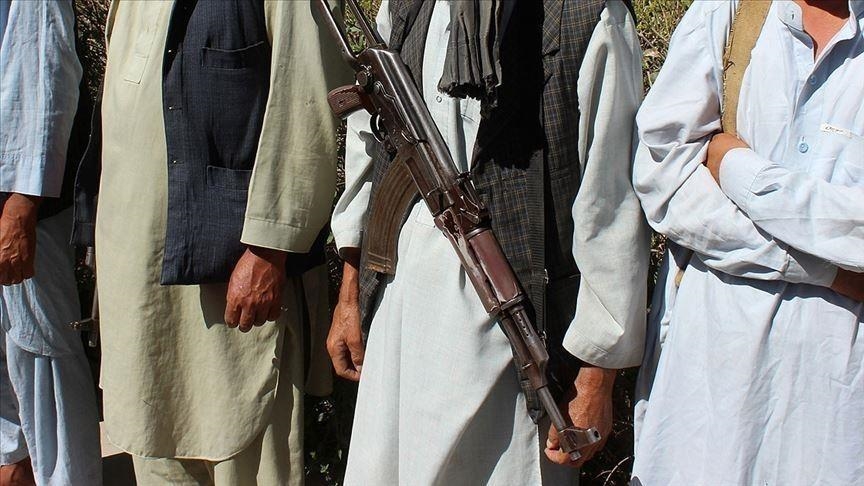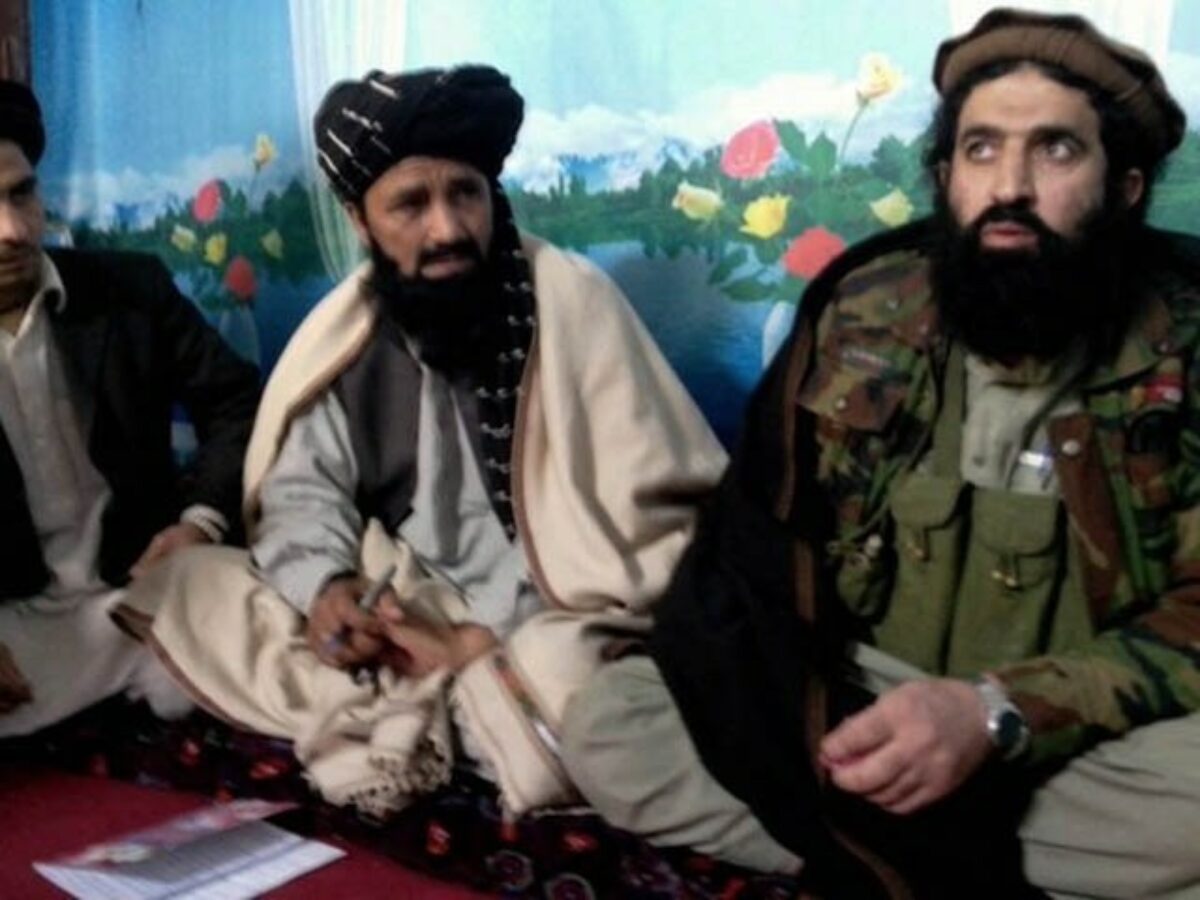Swat Valley has supposedly prevented of the evil of terrorism. In the recent Swat’s incident, a day after an anonymous gunmen opened fire on a school van, causing the driver’s death and injuring two children, thousands of people gathered in Swat to call for protection from terrorists. Along with the body of the deceased driver, Hussain Ahmad, the protesters and the body spent the entire night outside in a square in the middle of the city. Only after the authorities made a pledge to arrest the criminals and provide the driver’s family with compensation did they disperse more than 40 hours after the accident. It is not the first time that local population stood up against the presence of militants in the area. They have been issuing messages and warnings to all parties for the past few months ever since Tehreek-i-Taliban Pakistan members first appeared in the mountainous area. Earlier this year, as law enforcement officials initiated an operation to apprehend the TTP militants, the militants detained a police officer and an army officer. The occurrences of terrorism and its aftereffects are nothing new to the people of Swat. Pakistan Army already launched one Operation Rah-e-Rast back in 2009 to counter terrorism. It was not an easy one and on the other hand it left two million residents displaced.

Looking at the recent incidents and current circumstances in Swat, it can be assessed that once gain there is a tendency of spread of terrorism in Swat. Although, it will be challenging for Tehrik-eTaliban Pakistan to resurface as the local population is well aware of their extremist ideology. In the previous wave of terrorism, local population provided safe homes to the terrorists and there was a religious factor involved but now people are well aware of what damaged they have caused them. People fear that not only there will be life loss but once again they will get displaced and homeless. The recent protest clearly shows that the people somehow are demanding the bottom up approach. Things shall be done on the grass root level and conflict prevention approach needs to be used. The concept “conflict prevention” refers to a range of peace building-related actions and tactics that are used to predict and then neutralize possible causes of protracted, violent conflict. Several moral, political, and economic imperatives have pushed this shift toward preventing violent conflict. It is obvious that the main moral evidence in favor of a prevention measure are the massive human suffering, social devastation, and deaths that frequently result from violent conflicts.
A wide range of peace building related initiatives and strategies are referred to together as “conflict prevention” with the goal of avoiding and then neutralizing possible catalysts for protracted, violent conflict. This is what Pakistan’s officials need to foresee and through this they can reach to the winning hearts and minds of the people approach. The locals have identified an early warning of terrorism and it is high time that the government should also start taking measures. Without a doubt, the TTP has already set up some kind of system in Swat. The TTP and members of Pakistan’s government and security forces have held multiple rounds of negotiations with the Afghan Taliban government in Kabul over the past few months. The Afghan Taliban presently have more essential internal issues to deal with than spending time acting as a mediator, despite the fact that these talks have little to offer for the desired outcome of a peace settlement. Pakistan’s rising concern over the Taliban leadership’ incapacity to relieve Islamabad’s fears about using Afghan soil against Pakistan. It looks like Pakistan is now putting strain on the Taliban regime, although it would be inappropriate to make any assessments until their actions are detected on this other side of the border. The worst part of the problem is that politics is being played even over the Swat issue between the PTI-led Khyber Pakhtunkhwa administration and the federal government led by the PML-N. TTP strongholds were located in Swat until 2009, when the militants were driven out and the local government was reinstated as a result of a significant military-led counterterrorism operation. The impoverished region has experienced development, the building of new schools, and educational improvements over the years. Institutions, athletic fields, and an increase in local tourism which has already affected by the unconventional security threat, floods but now it has to be kept safe from another unconventional threat of terrorism.

Research Associate, Pakistan House



